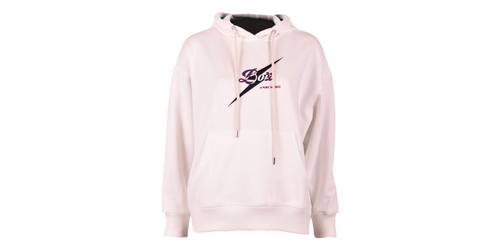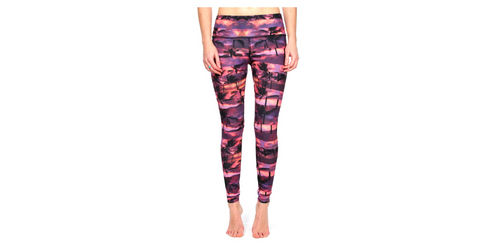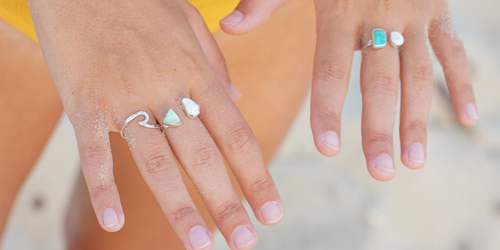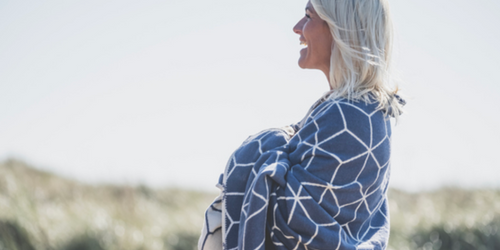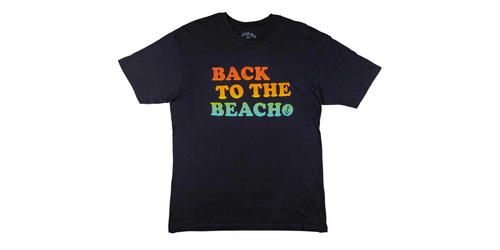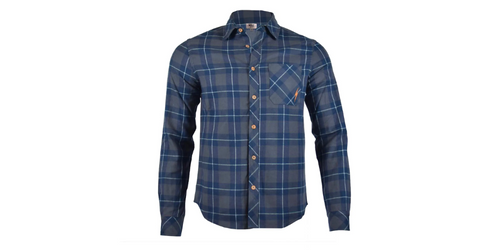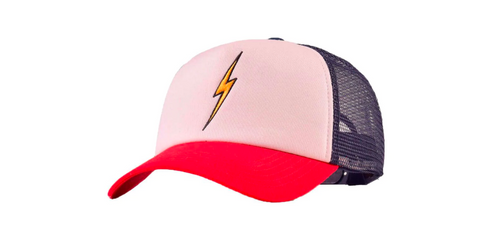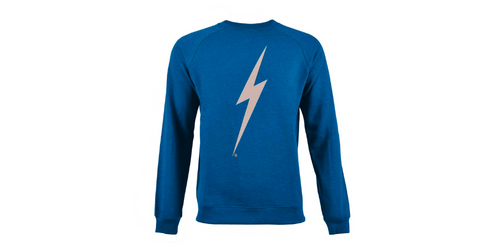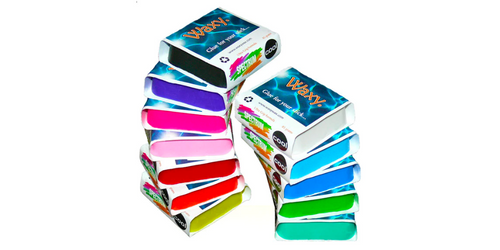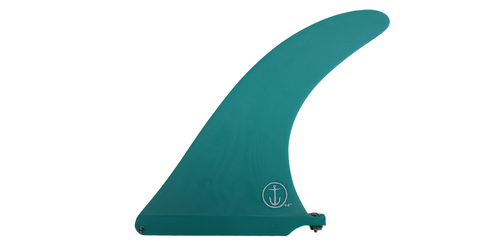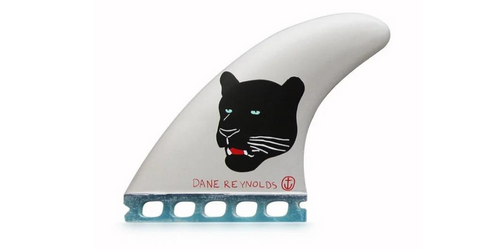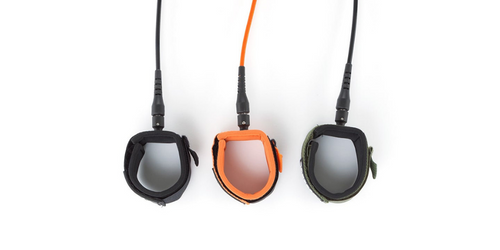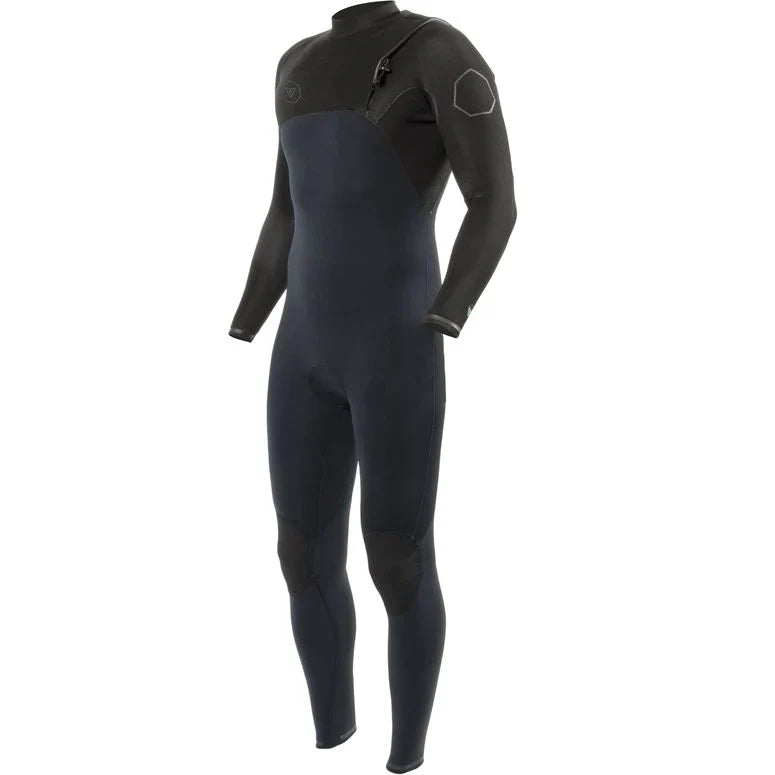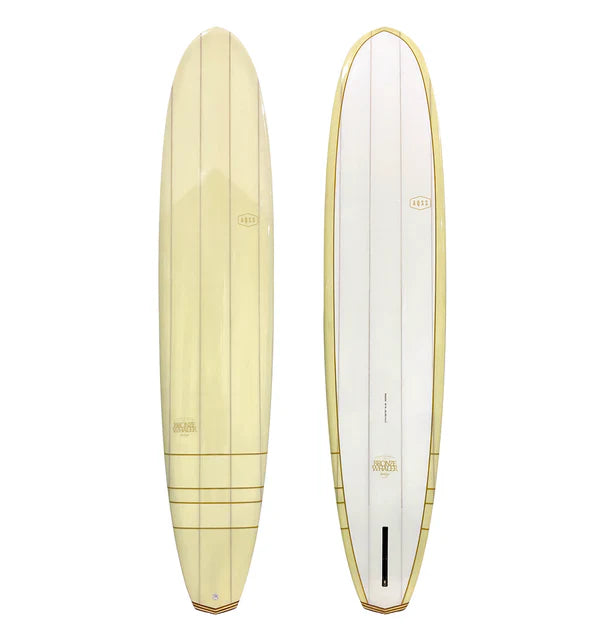What is the difference between surfskate and skateboarding?

Here in Cornwall, we are all too familiar with the ‘summer lull’, when the heat turns up but the waves die down. Locals start getting a little restless, wondering when it will turn back on. Luckily for us, surfskate has given us a way to practice on the streets rather than in the swell.
Longer than a traditional skateboard, and shorter than a longboard, the surfskate does what it says on the tin. A more concave, wider option that really mimics the carves you’d make on your surfboard, but on wheels instead! Speaking of, the wheels and trucks are what make the surfskate so unique, as the front tucks allow a wider range of movement to give the rider the ability to make tight, sharp turns otherwise not possible on a skateboard or longboard. Just like on a wave, rather than your feet doing all the work it’s your body position and weight distribution that pushes you where you want to go, the surfskate allows you to do this, giving you the chance to practice those minute shifts in balance.
If you are already a surfer then there’s a good chance you’ve tried your hand at skateboarding already. An out-of-water sport that uses a lot of the same techniques and muscle groups, giving you somewhere to expel all that surfing energy when there are no waves to find. Surfskate is an ideal transition from the swell to the street, for advanced surfers and beginners. Even more so for beginners if you find it tough getting in the water as often. Just take out your board and find a quiet street, or explore your local skatepark! If you are a skateboarder, who has never surfed, then a surfskate will give you a pretty good idea of what it would feel like, and maybe give you the techniques to try your hand at surfing for real.
When choosing which surfskate board to go for, there are a few things to consider. Your experience level, what you’ll be using it for, and where you’ll be riding it. If you’re a beginner skateboarder or surfer then balancing on a surfskate will require some practice, just like any new sport. If you have some experience with skateboarding, longboarding, surfing, or snowboarding then your skills should translate well, and you’ll be able to pick it up quickly. Either way, practice makes perfect! A surfskate requires a different technique from all of the above sports, so don’t expect to be a pro right away.
If you want a surfskate for transportation purposes then sticking to a shorter board is usually more efficient, allowing you to make sharper turns and it won’t be as bulky to carry around. If you are looking to really work on your turns, and techniques and want to enjoy some longer rides, then a longer surfskate board is for you. Giving you the right equipment to really move into those larger turns. A longer board is also ideal if you’ll be mostly cruising down longer, wider roads, encouraging you to practice your heelside and toeside edges. If you’re going to be taking it to the skatepark or to do some street surfing then a shorter board would work well.
What sets a surfskate apart from the rest is the truck system. If you have no idea what this is, then let me explain. The truck system on a skateboard or longboard is found on the underside, and it’s what the wheels are attached to. It’s what gives a skateboarder the ability to shift their weight from side to side in order to turn and do tricks. Whilst skateboards are loaded with traditional Kingpin trucks, and longboards equipped with reverse Kingpins, a surfskate is loaded onto a rotating arm, that can also have a spring-loaded suspension on the front wheel, allowing the rider to pivot side to side more aggressively, therefore building momentum to drive the board forward. This is similar to the move you’ll see surfers doing regularly, in order to push themselves further down the face of a wave and to gain speed. This movement is one you will regularly practice on a surfskate, that and sitting low on your back leg to practice the fine art of tucking into those barrels you’ll be getting in no time. Positions like this require flexibility, strength, and balance, all of which can be practiced on land.
If you’re wanting to do kickflips and halfpipe riding then a skateboard is for you, if you want to cruise for long distances and do some fancy footwork then a longboard is for you, but if you’re wanting to practice those turns and work on your balance then you’re looking for a surfskate. The ideal board for some dry land fun, getting you primed and ready for when those waves return!
-
Posted in
Helpful Surfing Info

